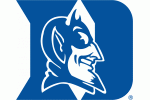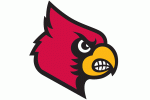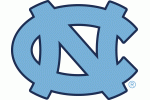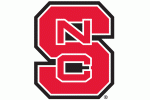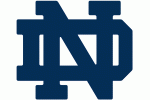Lots of details need to be worked out
 Dennis Schneidler-USA TODAY Sports
Dennis Schneidler-USA TODAY Sports
Late last week the NCAA decided to finally let colleges pay athletes directly. Does this mean no more worrying about the future, or is it doom and gloom for the Syracuse Orange?
Well, in typical NCAA fashion this isn’t going to be as cut and dry and without complications. The thread from Ross Dellenger addresses some initial questions and we’ll touch on some of the highlights below.
A thread on the NCAA’s historic 10-year settlement agreement that will pay back-damages of $2.8 billion, at least $15 billion in rev-share & reshape the governance, enforcement & scholarship structure of major college athletics.
— Ross Dellenger (@RossDellenger) May 24, 2024
Damages will be paid to former athletes in football and basketball and revenue sharing will begin in 2025. Will the revenue sharing fall under Title IX guidelines? Will this increase the gap between the B10 and SEC and everyone else?
Some other items from the new agreement could have a significant impact on Syracuse sports. Scholarship limits will be removed and replaced by roster limits. Football’s 85 scholarships is the big talking point, but it could have a bigger impact on Olympic sports.
Will this allow schools to determine how they fill rosters? Would this be a boost to the lacrosse programs? Would it allow the Orange to invest more in sports like women’s soccer to provide better alignment with Title IX?
What about conference realignment? Does it accelerate the notion of a Super Conference or do schools start to reconsider their options? It’s all pretty much anyone’s guess right now.
Despite the good news of revenue sharing, there are some concerns moving forward. The NCAA still continues to be looking for Congress to get involved.
A reaction to the NCAA settlement from Sen. Ted Cruz, who is heavily involved in the association's effort for Congressional legislation.
— Ross Dellenger (@RossDellenger) May 24, 2024
Cruz believes there is an "urgent need" for lawmakers to take action. pic.twitter.com/GuJ5hCnQYf
One of the hopes from the NCAA’s side is that this would eliminate the collectives and put NIL solely under the colleges who would verify that all deals are for “market value” and would be part of a revenue cap. What exactly is “market value” for NIL? Can the NCAA really stop the NIL floodgates by legislating deals?
Yesterday SEC Commissioner Greg Sankey made comments which indicated that the push for Congress’ involvement could focus on keeping athletes from being considered employees, and thus unable to collectively bargain.
“The breadth of the settlement is intended to give us a path forward, provide a level of clarity about the future that doesn’t embed employment automatically,” he said.
So that’s how the administrators plan to keep the athletes from getting a bigger piece of the pie. If they can block that bargaining power, the 20% revenue sharing can’t get closer to the 50% mark of the professional leagues. It’s not about protecting the athletes, it’s about protecting the fat pockets of people in power.
History would tell us that believing the NCAA and schools could control the money going to athletes is unrealistic. Recent history also tells us that believing Congress is the right group to get something done is really wishful thinking.
We’ll have to monitor how this new normal evolves over the next few months and how it will impact Syracuse.





